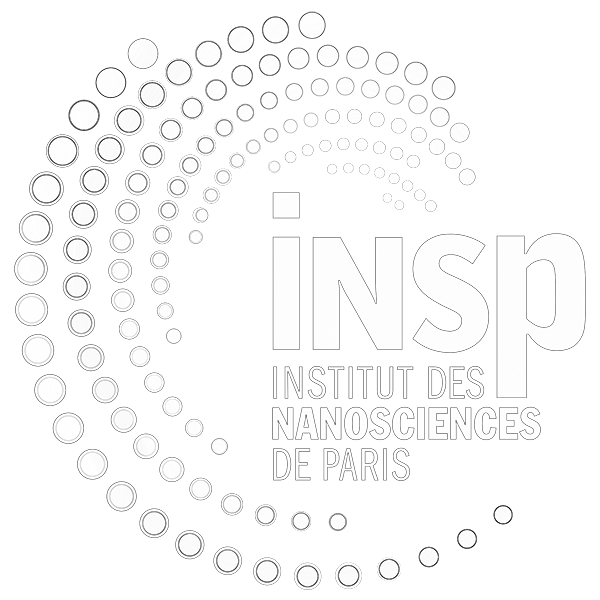Test of quantum electrodynamics in strong Coulomb fields
Contact : trassinelli@insp.jussieu.fr 01 44 27 62 30, npaul@lkb.upmc.fr
Tutelle : Institut des NanoSciences de Paris and Laboratoire Kastler Brossel
Mots clés : Experimental et Stage M2
Gratification : Oui
Page des stages de(s) l'équipe(s) : Agrégats et surfaces sous excitations intenses
Description du stage
Scientific description:
This internship will be centred on the preparation of two new experiments on high-accuracy x-ray spectroscopy of few-electron heavy ions for testing quantum electrodynamics (QED) in strong Coulomb fields (the field of the highly charged ion). In this regime, perturbative methods cannot be used for theoretical predictions, and contributions of the vacuum polarisation of the electron self-energy have to be calculated to all orders. At present, the most advanced calculations of bound state QED are limited to the calculation of two-loop contributions. To provide new experimental inputs to the theoreticians, two experiments are in preparation in our teams, using high-resolution x-ray spectroscopy.
The first experiment consists of the evolution of a recent successful experiment on the x-ray spectroscopy of helium-like (2-electron) ions, which represent, at present, one of the most stringent tests of bound state QED (Loetzsch, Nature 2024). The upgrade of such an experiment will consist of the use of another energy calibration source and some additional setup modifications. An uncertainty reduction of a factor of almost 20 is expected, 10 times better than the uncertainty of the present theoretical predictions. For this purpose, the twin Bragg spectrometer will be upgraded with two TIMEPIX3 detectors for coincidence measurements. Different uranium isotopes will be produced in-flight in the accelerator.
The second experiment is focused on the spectroscopy of middle-Z few-electron ions. For this goal, a new state-of-the-art microcalorimeter detector will be used to measure the energy transition of highly charged ions produced by the hot plasma from an ECR ion source. Following this, this same detector will be used for testing QED in much more exotic atoms: antiprotonic atoms.
The goal of the present internship will be to set up the acquisition system of the new detectors and to make first tests with fluorescence targets and with highly charged ions in our SIMPA installation in the Pierre et Marie Curie campus. The knowledge and the preparation acquired during the internship will be the starting point of more longer-term Ph.D. projects with heavy highly charged ions (helium-like uranium spectroscopy at GSI in Germany) and antiprotonic atoms (at CERN in Switzerland).
Techniques/methods in use: The candidate will become familiar with the techniques of data analysis, X-ray spectroscopy based on crystal diffraction and microcalorimeter detectors, the use of ion sources and transport line installation SIMPA.
Applicant skills: Knowledge in one or several of the following topics is required: atomic physics, x-ray spectroscopy, and Python.

